Growth in Aircraft Production
The Aerospace Adhesive Market is poised for growth, largely due to the rising production rates of commercial and military aircraft. With manufacturers ramping up output to meet increasing passenger and cargo demands, the need for high-performance adhesives becomes paramount. Reports indicate that the commercial aircraft market is expected to witness a compound annual growth rate (CAGR) of approximately 4.5% through 2027. This surge in production not only drives the demand for adhesives but also encourages advancements in adhesive technologies, ensuring that they meet the rigorous standards required in aerospace applications.
Regulatory Standards and Compliance
The Aerospace Adhesive Market is shaped by stringent regulatory standards and compliance requirements that govern the use of materials in aircraft manufacturing. Regulatory bodies are increasingly emphasizing the need for adhesives that meet safety and environmental standards. This has led to a growing demand for certified adhesives that comply with regulations such as the Federal Aviation Administration (FAA) guidelines. As manufacturers strive to adhere to these regulations, the market for compliant aerospace adhesives is likely to expand, presenting opportunities for suppliers who can provide certified products that meet these rigorous standards.
Sustainability and Eco-Friendly Adhesives
The Aerospace Adhesive Market is witnessing a paradigm shift towards sustainability, with an increasing emphasis on eco-friendly adhesive solutions. As the aerospace sector aims to reduce its environmental footprint, there is a growing demand for adhesives that are not only effective but also environmentally responsible. Manufacturers are exploring bio-based and low-VOC (volatile organic compound) adhesives that align with sustainability goals. This trend is expected to drive innovation in adhesive formulations, as companies seek to develop products that meet both performance and environmental criteria, thereby enhancing their market position in the aerospace industry.
Increasing Demand for Lightweight Materials
The Aerospace Adhesive Market is experiencing a notable shift towards lightweight materials, driven by the aerospace sector's need for fuel efficiency and performance enhancement. Adhesives play a crucial role in bonding lightweight composites and metals, which are increasingly utilized in aircraft manufacturing. The demand for such materials is projected to grow, with estimates suggesting that the aerospace composites market could reach USD 40 billion by 2026. This trend indicates a significant opportunity for adhesive manufacturers to innovate and develop products that cater to the specific requirements of lightweight applications, thereby enhancing the overall performance and sustainability of aircraft.
Technological Innovations in Adhesive Formulations
The Aerospace Adhesive Market is significantly influenced by ongoing technological innovations in adhesive formulations. Manufacturers are investing in research and development to create advanced adhesives that offer superior performance, such as enhanced temperature resistance and improved bonding capabilities. Innovations like thermosetting and thermoplastic adhesives are gaining traction, as they provide solutions for complex bonding challenges in aerospace applications. The introduction of these advanced formulations is expected to expand the market, as they align with the industry's need for high-performance materials that can withstand extreme conditions.


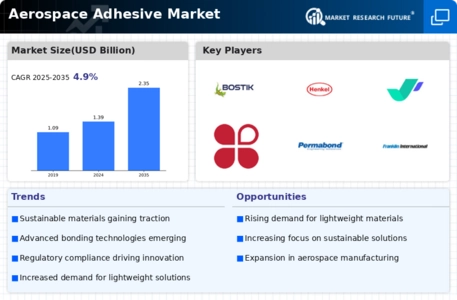
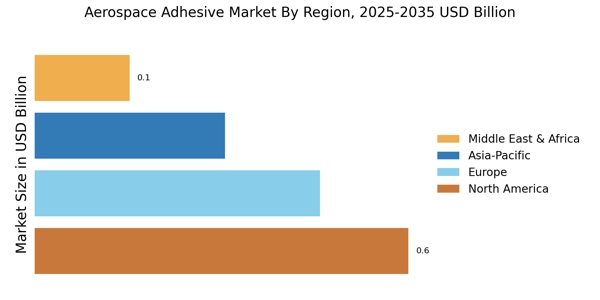

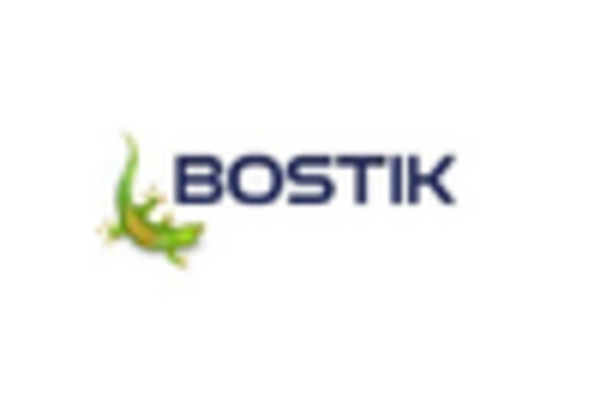
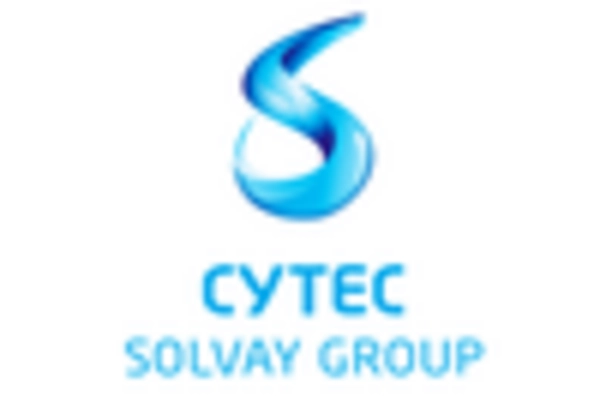
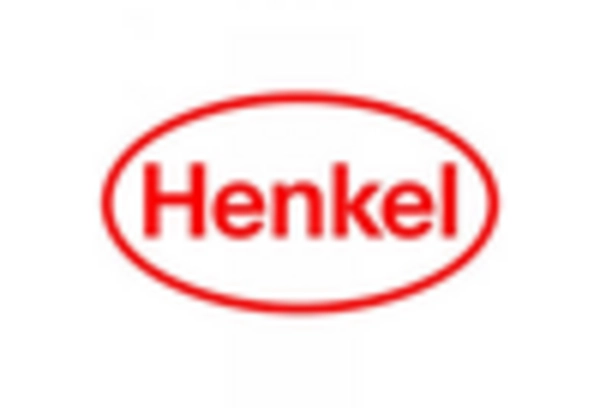

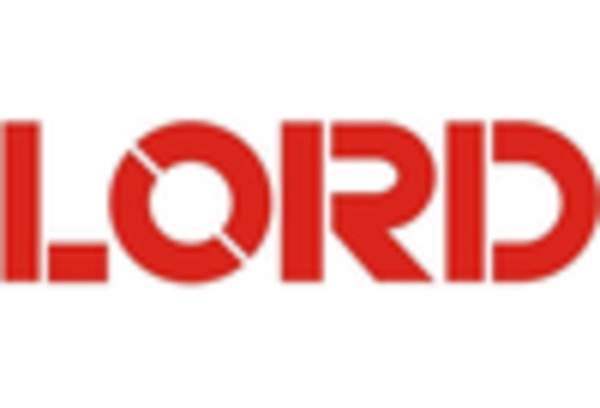








Leave a Comment